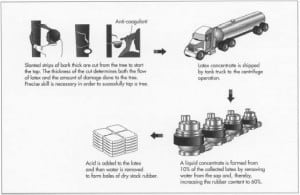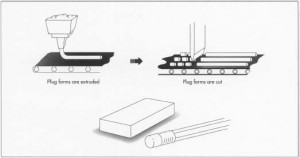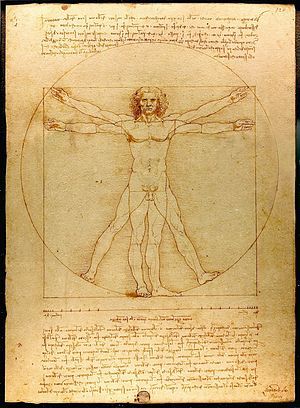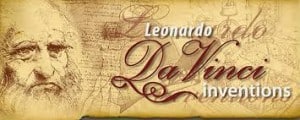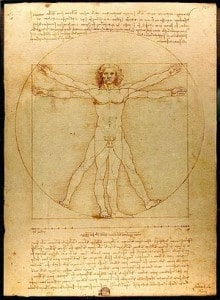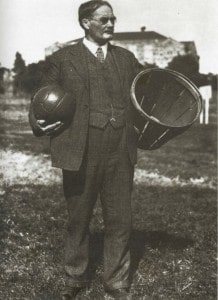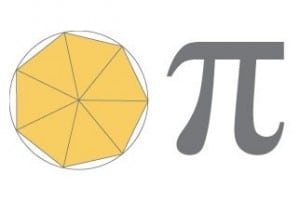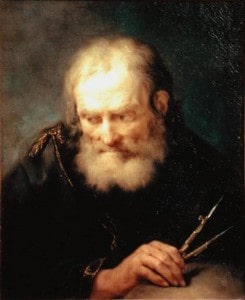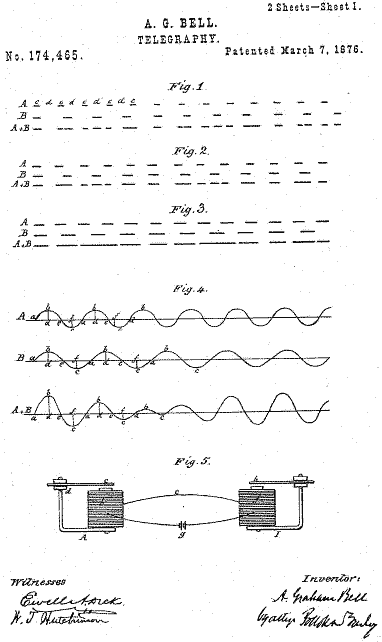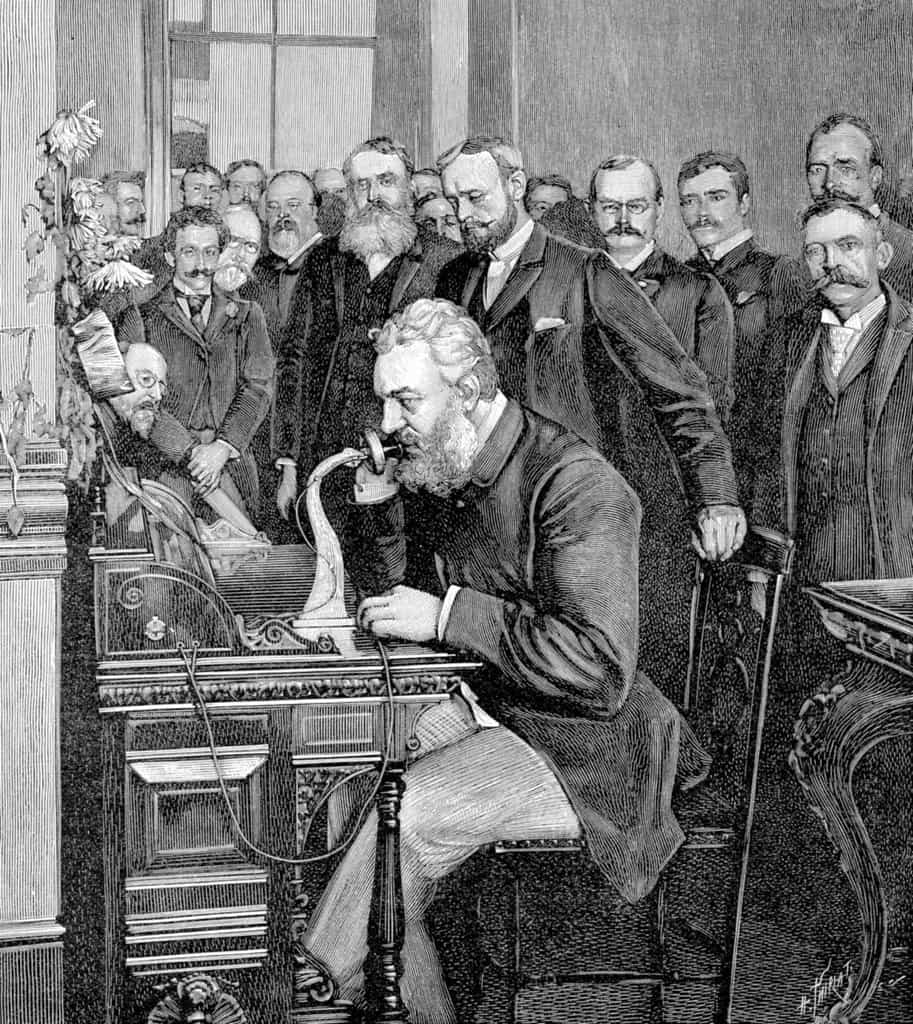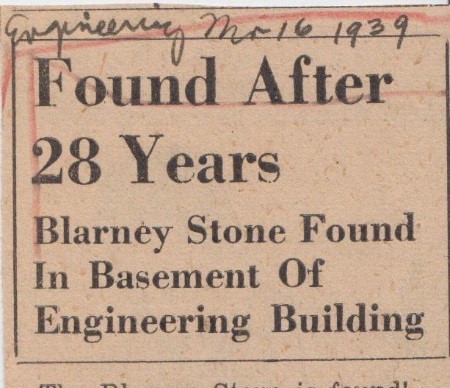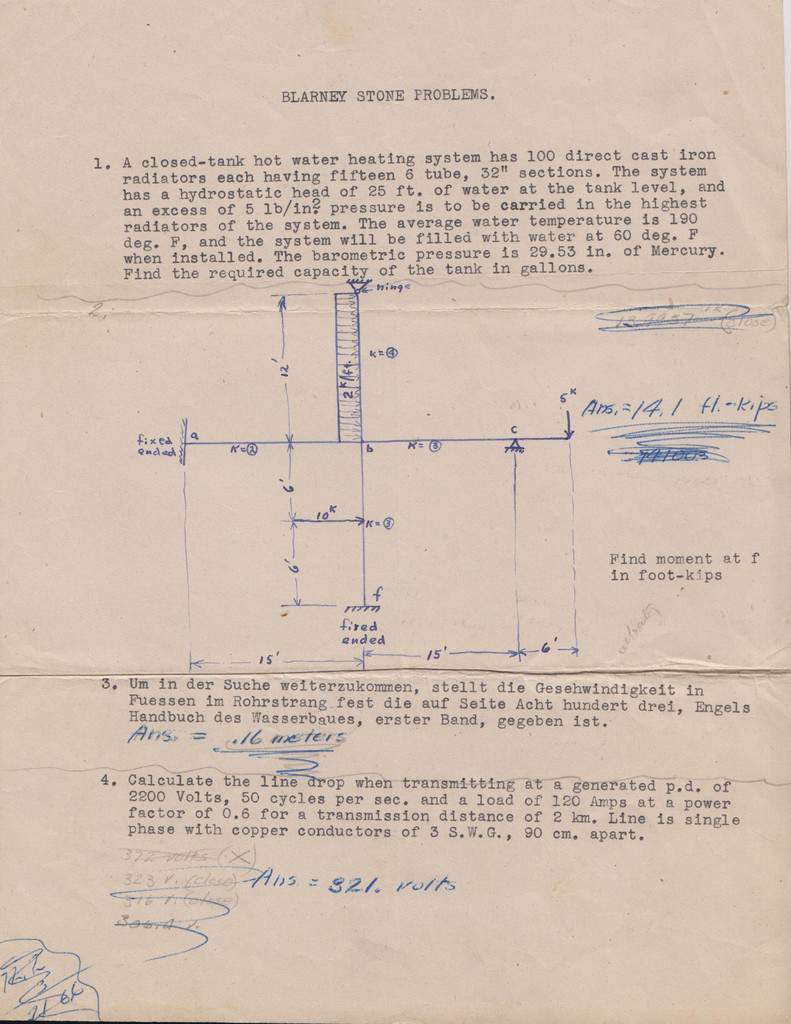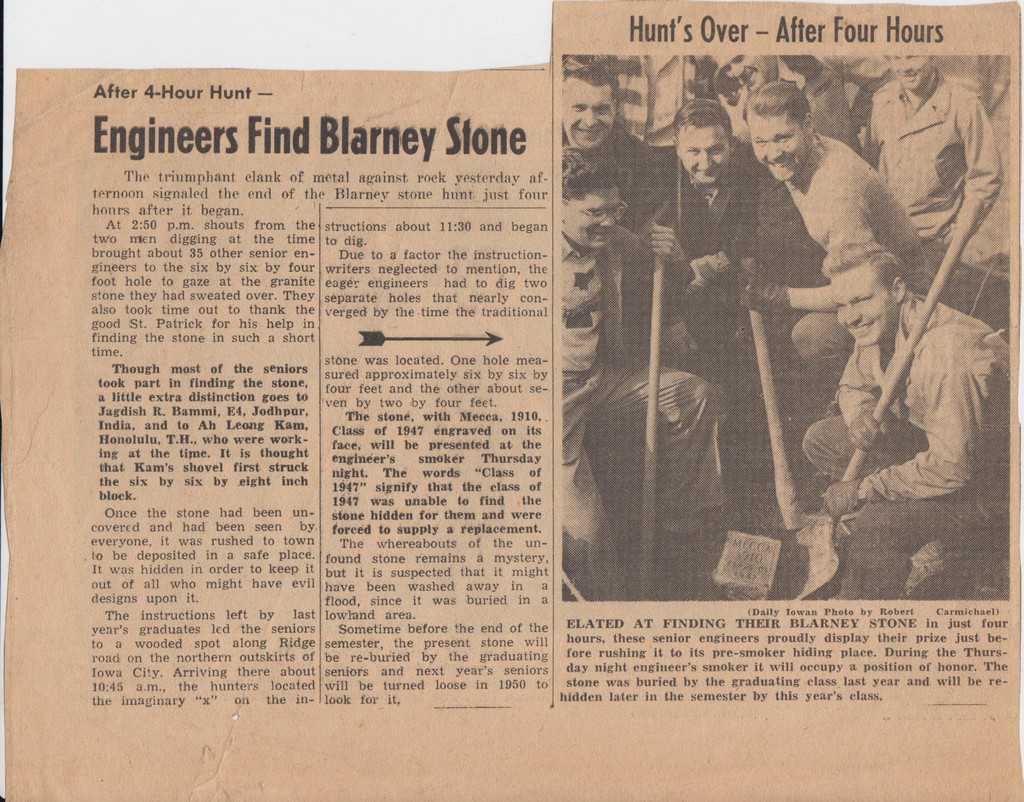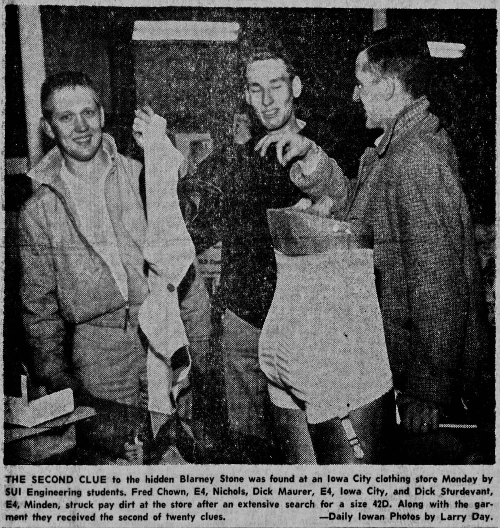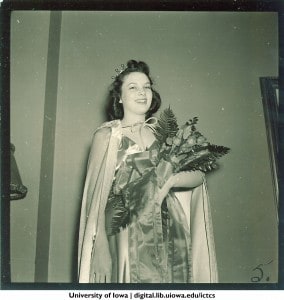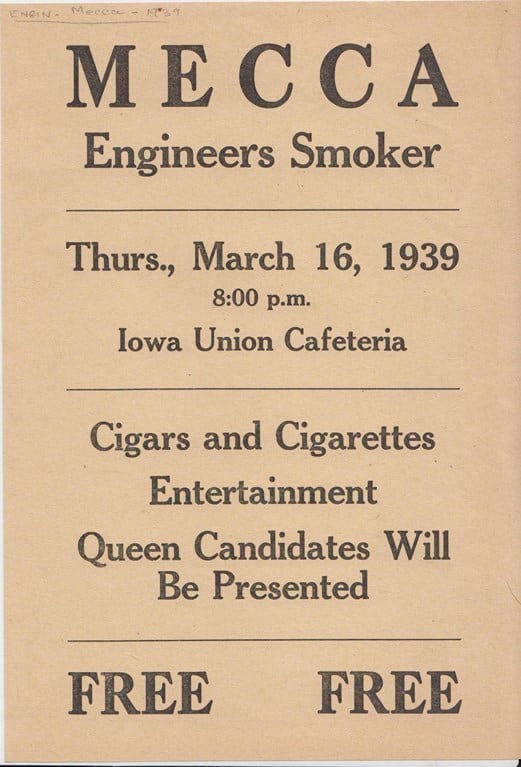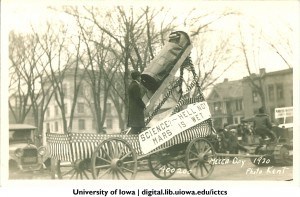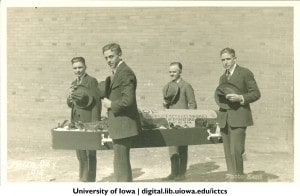April 15th is National Rubber Eraser Day!
When celebrating the invention of the eraser, the names and stories of several European scientists intertwine: Frenchman Charles Marie de la Condamine, Portuguese Jean Hyacinthe de Magellan, and Englishmen Edward Nairne and Joseph Priestley are collectively responsible for its discovery and use.
Condamine was sent to South America in 1735 by the French Academy of Science to calculate the diameter of the Earth at the equator. In his travels through Peru, Ecuador, and Brazil, he was fascinated by caoutchouc, a milky white elastic substance produced under the bark of a tropical tree. He returned with samples in 1745. By 1752, Jean Hyacinthe de Magellan, a Portuguese scientist who corresponded with internationally known scientists of his day, is thought to have been the person responsible for suggesting that caoutchouc be used as an eraser in the Proceedings of the French Academy. Until that time, pieces of bread had been used to eliminate marks on paper. According to Inventors and Inventions, Sir John Priestly noted the erasing properties of vegetable gum: “I have seen a substance excellently adapted to the purpose of wiping from paper the mark of black pencil lead.” By 1778, Priestley suggested that caoutchouc be called “rubber” for its properties. A decade later, by 1790, the word “eraser” was in use and referred to the object used to remove pencil marks.
In 1839, American Charles Goodyear developed and patented a process to keep the rubber material from rotting. The process, vulcanization which is named after the Roman god of fire, cured and stabilized the rubber. Today, erasers are made from synthetic rubber or vinyl. The engineering and production process involved can be seen in a short You Tube video by the Staedtler Corporation http://youtu.be/FocX6Fews6k or in the article Eraser: Raw Materials and Manufacturing Process are described in detail at a site called: http://www.madehow.com/Volume-5/Eraser.html
Sources:
Hyacinthe Magellan (2014) retrieved from http://www.amphilsoc.org/exhibits/magellan/magellan.htm
Innovateus, Edward Nairne (2006-2013) retrieved from http://www.innovateus.net/inventor/edward-nairne
Online Etymology Dictionary (2001-2014) retrieved from http://etymonline.com/index.php?allowed_in_frame=0&search=eraser&searchmode=none
Colonel Percy Harrison Fawcett, Charles Marie De La Condamine (1999) http://www.phfawcettsweb.org/condam.htm
Patents:
Combination of Lead-pencil and eraser (US 19783A) https://www.google.com/patents/US19783?dq=eraser&hl=en&sa=X&ei=_GVNU4qLL4KE2wXRhIHQAg&ved=0CDUQ6AEwAA

